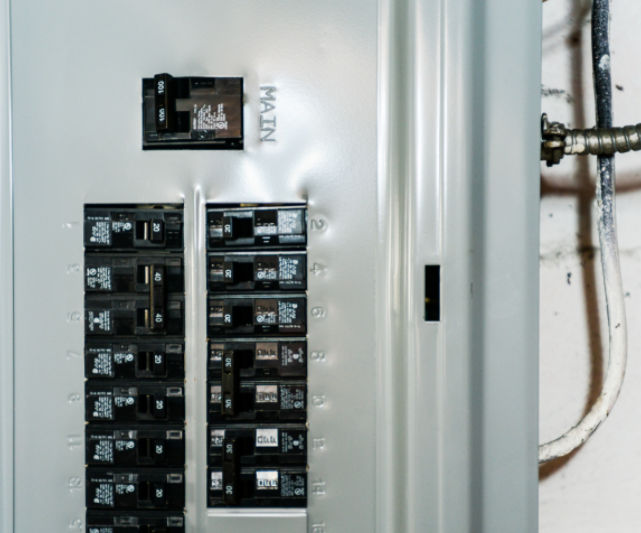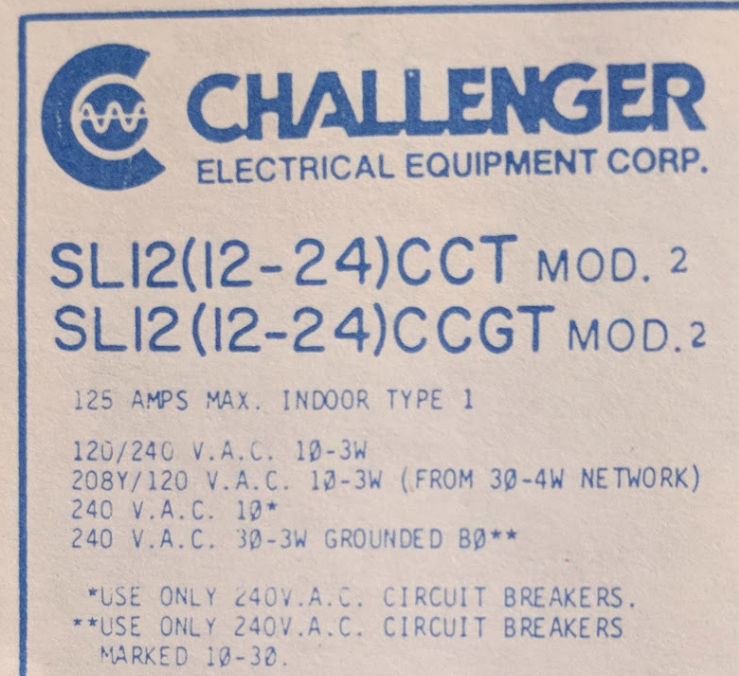If you open your circuit breaker, you’ll see a bunch of breakers with tabs. Each breaker controls a circuit for a certain part of your house, e.g. a circuit for the kitchen, a circuit for the bathroom, etc. Each breaker has a max amp rating, e.g. 15A or 20A. If you multiply the amp rating by 120 volts, you’ll get the max wattage the circuit can handle. e.g. 20×120 = 2400 watts. So if you have 14 circuit breakers that each can support a maximum of 20 amps (or 2400 watts), then your entire circuit breaker panel for your house can handle 14 x 2400 watts = 33,600 watts. However, this is all theoretical. If someone replaced a 15A breaker with a 20A breaker, you’ll have problems, e.g. a possible fire.

Another way to determine the max electrical draw for your house is to find the max amperage of your circuit panel which may say 125A. In that case, your house’s max draw at any given time would be 125A x 120V = 15000 watts. Now, your total wattage for all circuit breakers may be more than 15000 watts, as it is in the example above. However, this is fine since you probably won’t be maxing out the power on each circuit. On my main circuit panel shown in the picture below, I see that it supports a maximum of 125 amps. However, in the picture above, the main circuit breaker shows that it supports a maximum of 100 amps.

Although a circuit breaker may say it supports up to 15 amps, if you load the circuit with a 15 amp draw for a long period of time, the electrical wiring will get hot and possibly melt and catch on fire. For continuous loads (on for more than three hours) the limit is 20% lower. So for a 15-amp breaker, you can’t draw more than 12 amps from the circuit for more than three hours, or 1440 watts (12A x 120V). And what do you know, the wattage of a huge window-unit AC or a large electric space heater is 1440 watts.
Regarding electrical wiring in walls:
14 awg uses a 15-amp breaker (General lighting and receptacle circuits)
12 awg uses a 20-amp breaker (Appliance, laundry and bathroom circuits)


